January 28, 1986 - Space Shuttle Challenger
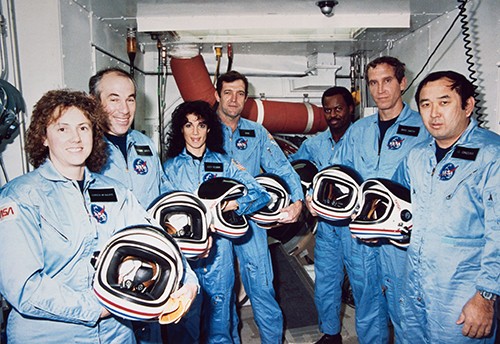
On January 28, 1986, Space Shuttle Challenger (STS-51), broke apart into its flight and exploded, killing all seven crewmembers. In the aftermath, the U.S. Navy and U.S. Coast Guard ships began salvage operations from February to August 1986. Over 480 square nautical miles of the ocean bottom was searched using sonar equipment. Navy divers, remotely operated vehicles (ROV's), and manned submersibles also performed visual investigations.
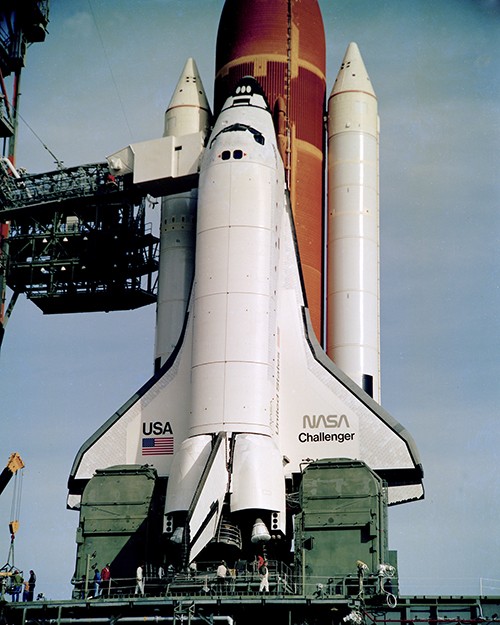
Involved in the salvage operations for Challenger items (contacts) were USS Preserver (ARS-8), Mobile Diving and Salvage Unit Two, Explosive Ordinance Disposal Group Two, USS Sunbird (ARS-15), Submersible - Submarine NR-1, USS Opportune (ARS-41), USS Kittiwake (ASR-13), and USS Grapple (T-ARS-53). Numerous surface warships based on the east coast were immediately dispatched following the explosion to search the Atlantic Ocean for any contact of Challenger or her crew. One of the NASA astronauts killed in the explosion was Commander Michael J. Smith, USN.
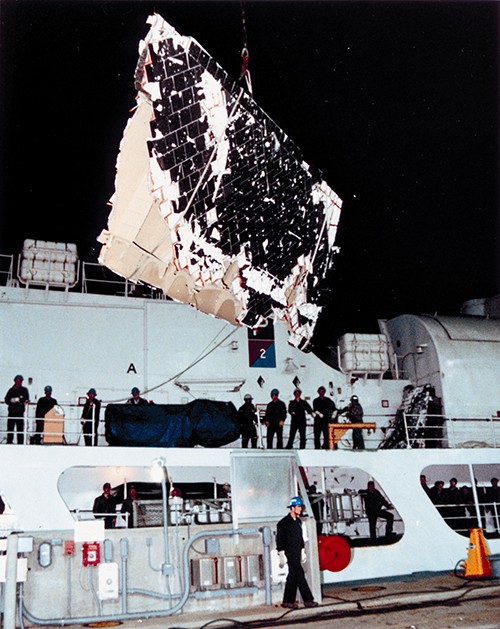
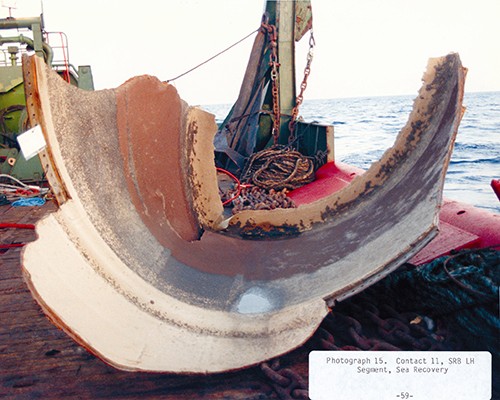
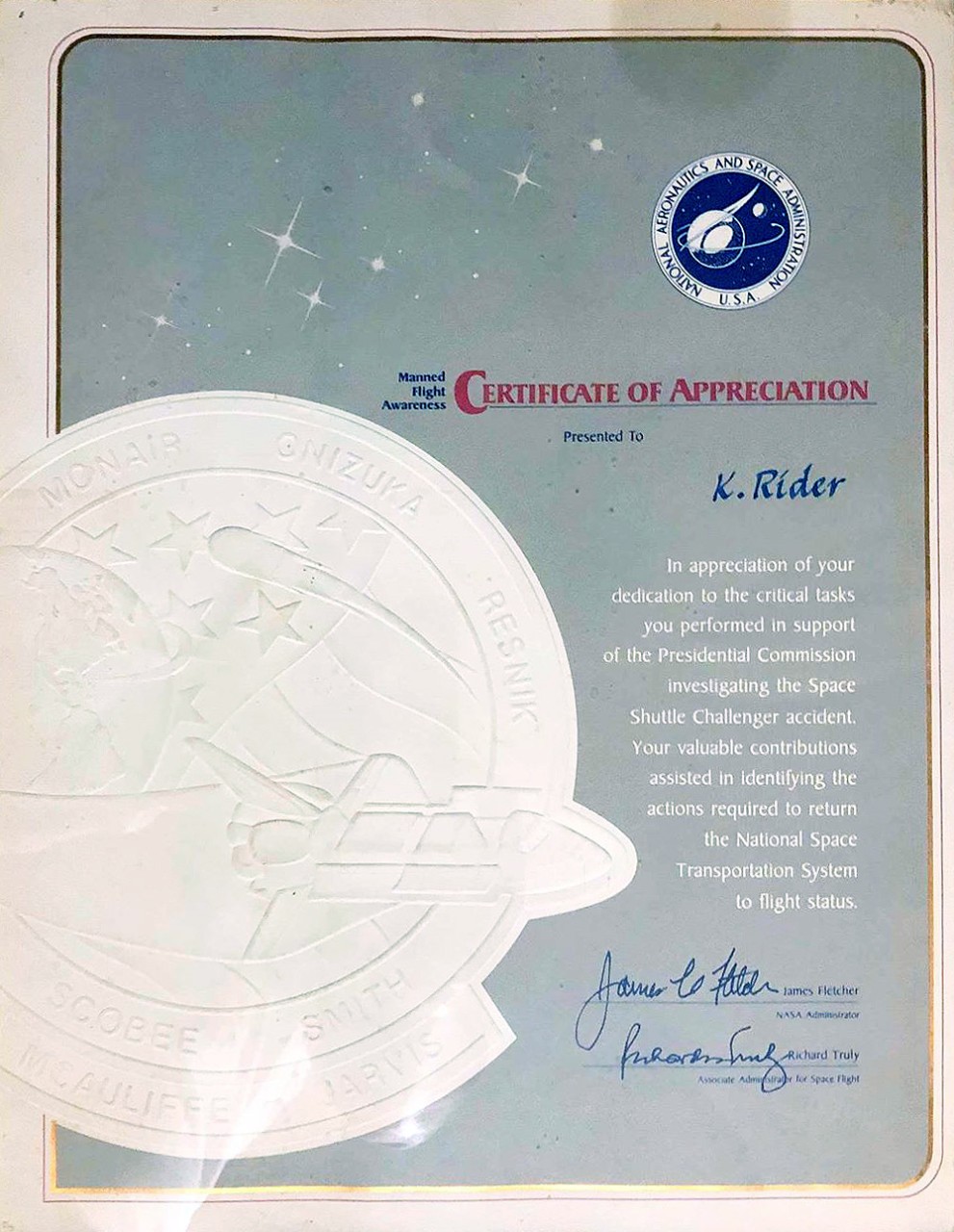
NASA Certificate of Appreciation for Manned Flight Awarness for Space Shuttle Challenger. For U.S. Navy personnel who partook in the search for Challenger, NASA awarded these certificates. This certificate reads, "In appreciation of your dedication to the critical tasks you performed in support of the Presidential Commission investigating the Space Shuttle Challenger accident. Your valuable contributions assisted in identifying the actions required to return the National Space Transportation System to flight status." Signed by Mr. James Fletcher, NASA Administrator, and Mr. Richard Truly, Associate Adminstrator for Space Flight. The names of the Challenger crewmembers are on the insignia to the left. Courtesy of Mr. Kevin Rider, crewmember of USS Dewey (DDG-45), which took part in the initial search operation.



